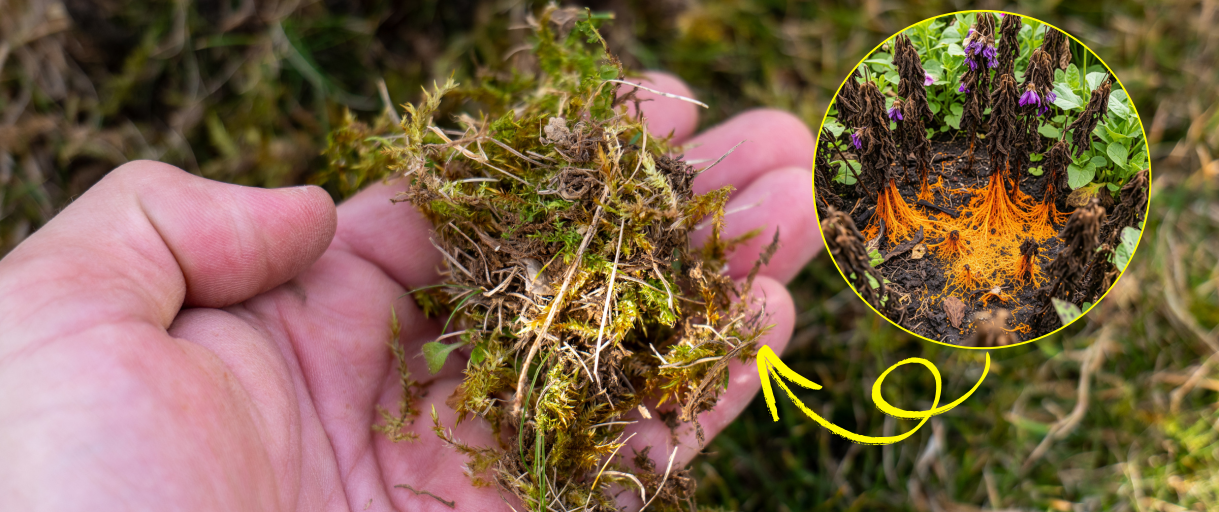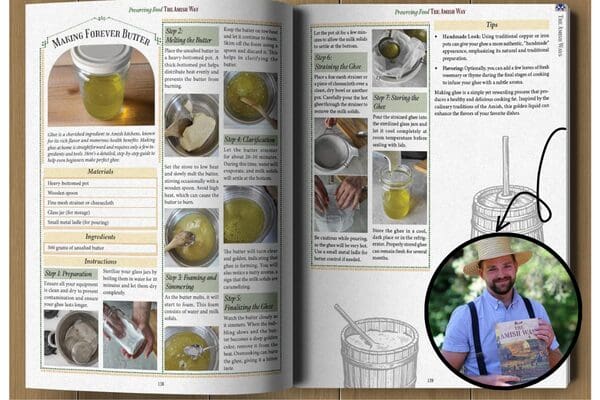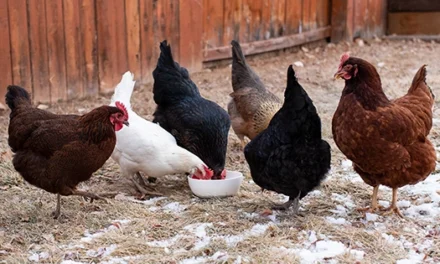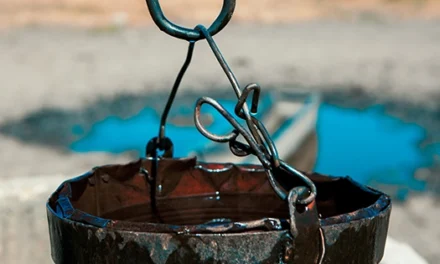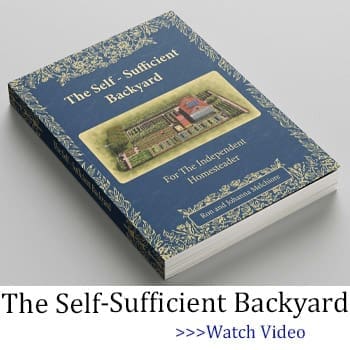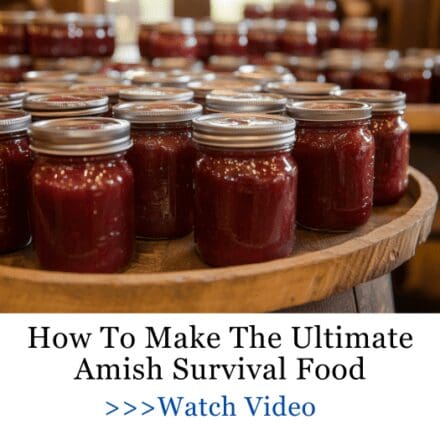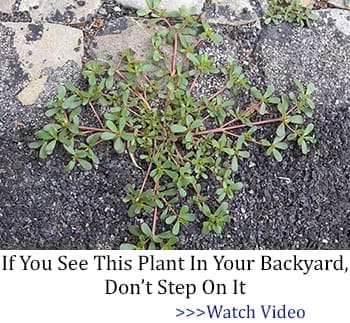You’ve watered, fertilized, and done everything “by the book”—so why do your plants still struggle?
The answer might lie beneath your feet.
Microbial Imbalance
Soil stripped of beneficial microbes becomes a breeding ground for root rot and nutrient theft.
One telltale sign? Moss spreading rapidly or a sour, vinegar-like odor from the soil. These red flags signal anaerobic bacteria—the harmful kind—have taken over.
To reset the balance, skip synthetic fertilizers. Add compost or worm castings instead. These feed the good microbes without overwhelming them. Some gardeners bury banana peels near heavy feeders like roses; the peels decompose quickly, releasing potassium and magnesium to fuel soil life.
Phantom pH Swings
Rainwater isn’t as innocent as it seems. In areas near factories or highways, it can carry acidic particles that lower soil pH over time, locking away calcium and magnesium.
Well water often swings the opposite way—high alkalinity blocks iron absorption, leaving plants yellow and stunted.
Here’s a simple fix: Crushed eggshells work wonders for acidic soil, especially around brassicas like kale or broccoli.
They slowly release calcium as they break down. For alkaline soil, sprinkle used coffee grounds around blueberries or azaleas. But moderation matters.
Light Pollution’s Dark Side
Plants rely on darkness to rest and process nutrients. Artificial light from porch lamps or security lights disrupts their natural cycles, especially in nightshades like tomatoes and peppers.
Exposure to constant light confuses their internal clocks, leading to fewer flowers and fruits. The fix? Swap standard outdoor bulbs for red-spectrum lights, which are less disruptive.
Motion-activated lights also help by limiting exposure.
Another solution: Drape blackout fabric over greenhouse plants for 12 hours each night. This mimics natural darkness and can double yields in crops like eggplants.
Windburn
Even a mild breeze can dehydrate leaves faster than a drought. Wind strips moisture from plant surfaces, leaving edges brown and crispy.
Build a windbreak using materials you already have. Old fencing, stacked hay bales, or a row of dense shrubs like juniper work well.
Space barriers slightly apart to reduce turbulence—solid walls can create damaging gusts.
The Walnut Tree
Black walnut trees are nature’s mob bosses. Their roots release juglone, a toxin that kills tomatoes, potatoes, and blueberries.
This poison lingers in soil for years, even after the tree is gone. One gardener planted potatoes near an old walnut stump—only to harvest spindly, yellow plants with no tubers.
But walnuts aren’t the only offenders. Sunflowers pump chemicals into the soil to stifle nearby seedlings, and goldenrod secretes compounds that slow grass growth.
Companion Planting Gone Wrong
Not all plant pairings are friendly. Onions and peas, for example, are garden rivals. Onions emit sulfur that stunts pea growth, while peas lock nitrogen in a form onions can’t use. Planting them side by side leaves both stunted and bitter.
Use the 3-foot rule: Separate competitive plants like onions, garlic, or fennel from shallow-rooted crops (peas, lettuce, carrots) by at least three feet.
The Amish have followed this kind of knowledge for generations, not because they read it in a gardening manual, but because they’ve seen the results first-hand. Their gardens are a living record of trial, error, and observation. They know which plants bicker underground and which ones thrive together like old friends. It’s not uncommon to see marigolds nestled near beans or basil beside tomatoes, because these pairings make the entire garden healthier.
You can find this gardening hack, alongside with hundreds of others inside The Amish Ways Book, a one-of-a-kind physical resource filled with time-tested survival tips straight from the Amish community.
For the first time ever, this 200-year old knowledge is available in a beautifully crafted physical book, written by Eddie Swartzentruber—someone who spent the first 16 years of his life living among the Amish. Secure your own physical copy today and 3 FREE GIFTS using my personal 76% discount coupon from here.
These unique methods make the Amish nearly immune to the collapse of society, equipping them with the skills to survive any hardship.
Don’t wait until it’s too late! Start learning these today!
Only 50 left + 4 FREE GIFTS. Secure yours today!
Homestead Habits Hurting Your Plants
You’ve fixed the soil and shielded plants from environmental threats—now it’s time to confront your own routines. Even small habits can sabotage your garden.
Overzealous Mulching
Mulch is meant to protect, but too much suffocates plants. Piling mulch high against tree trunks—dubbed “mulch volcanoes”—traps moisture and rots bark.
Keep mulch 3–4 inches away from trunks and no deeper than 3 inches. In humid climates, avoid straw mulch around squash or melons—it harbors fungal spores that trigger powdery mildew. Swap it for pine needles or shredded leaves.
Tool Transmission
Dirty pruners and shovels spread diseases like a cold in kindergarten. Trimming a diseased plant and then snipping a healthy one transfers pathogens invisibly.
Sterilize tools after each use. Mix 1 teaspoon of bleach into 1 cup of water, dip blades for 30 seconds, then rinse. For sticky sap, scrub tools with steel wool first.
Hidden Pests You’re Not Tracking
You’ve checked leaves and stems, but some pests work in the shadows—literally underground or after dark.
Soil Mites vs. Root Aphids
Soil mites are tiny, fast-moving white specks in your dirt. They’re allies. They break down dead matter and eat harmful fungi.
Root aphids, however, are pale, pear-shaped pests that cluster on roots, sucking sap and nutrients. If your plants wilt despite moist soil, gently lift one and rinse the roots.
Slimy, brown roots coated in sticky residue mean aphids have moved in.
To kill aphids without harming mites, drench the soil with neem oil (2 tablespoons per gallon of water) at dusk.
Cutworms and Earwigs
Cutworms are fat, gray caterpillars that slice through seedling stems at night. Earwigs chew jagged holes in leaves and flowers, leaving plants looking like paper shredder victims.
Roll corrugated cardboard into tubes, tie them with twine, and place near plants. Check them at dawn. Within days, mine were packed with earwigs.
For cutworms, wrap seedlings with cardboard collars. Toilet paper tubes cut into 3-inch sections work—push them an inch into the soil around each plant
The Chlorine Conundrum
Tap water keeps humans healthy, but its chlorine slowly murders soil microbes—the tiny workers your plants rely on.
Here’s the fix: Let tap water sit in an open bucket for 24 hours to let chlorine evaporate.
But if your water uses chloramine (a stubborn additive), this won’t work.
Call your local water department to ask. For chloramine-heavy areas, collect rainwater in barrels or run water through a basic charcoal filter.
The safest option is this specific pressurized water system that’s capable of storing 165 gallons of water that would otherwise just go to waste. Because the water is stored vertically, it’s also pressurized by gravity, and you’ll be able to use it without a pump or siphon.
You could use this project for a lifetime. And if you connect it to the water filter I’m about to show you, then you will also have clean water to drink and cook with. Here’s a video on how I made it.
This will be your backup water tank. Way better than hoarding plastic bottles.
“Wet Feet” Syndrome in Drought-Tolerant Plants
Rosemary, lavender, and sage thrive in dry soil. Overwatering drowns their roots, inviting rot.
Drought-tolerant plants need the “soak and dry” method: Water deeply, then wait until the top 2 inches of soil are bone-dry. Stick a chopstick into the dirt. If it comes out clean, it’s time to water again.
The 7-Day Soil Autopsy (Step-by-Step)
Healthy soil breathes, drains, and teems with life. If your plants are struggling, start here:
Days 1–2: Test Drainage
Dig a hole 12 inches deep and fill it with water. Time how long it takes to drain. Soil that holds water for more than four hours is too dense. Mix in coarse sand or compost—this loosens compaction and lets roots breathe.
Days 3–4: Hunt for Pests
Grab a handful of soil and sift it through an old kitchen strainer. Look for grubs, cutworm larvae, or wriggling root aphids. Drop any pests into soapy water. If you spot trouble, solarize the soil: Cover it with clear plastic for a week. The heat kills eggs and pathogens.
Days 5–7: Check Microbial Life
Bury a scrap of plain cotton fabric (like an old T-shirt) six inches deep. Dig it up after two days. If it’s shredded, your microbes are thriving. If it’s untouched, your soil needs help. Add compost tea or mycorrhizal fungi granules to jump-start microbial activity.
Building a “Plant Immune System”
Weak plants attract pests and disease. Strengthen them with two homestead-ready tonics:
Compost Tea
Fill a mesh bag with compost and steep it in a bucket of water for 24 hours. Stir occasionally. Strain and spray the liquid on leaves and soil. This brew is packed with beneficial microbes that crowd out harmful bacteria.
Chamomile Spray
Steep a handful of dried chamomile flowers in boiling water for 30 minutes.
Cool, strain, and pour into a spray bottle. Mist seedlings or mildew-prone plants. The natural compounds in chamomile act like a mild antifungal.
And that’s not the only thing you can make with chamomile. A cooled chamomile tea can double as a gentle eye rinse for irritation or puffiness. Some people even mix it with witch hazel for a calming skin toner. Got a sunburn? Blend chamomile tea with aloe vera gel and store it in the fridge for a soothing after-sun spray.
You can also infuse chamomile flowers in oil—like olive or sweet almond—and use it as a massage oil to relax tight muscles or rub on the temples during a tension headache. It’s a small flower, but it sure pulls its weight when it comes to natural remedies.
 That’s why The Forgotten Home Apothecary is so important. Inside, you’ll find the knowledge they don’t want you to have—powerful plant remedies you can still make today. Once this book is in your hands, no one can take it away. It’s your key to self-reliance, healing, and freedom from a system that benefits from keeping you sick.
That’s why The Forgotten Home Apothecary is so important. Inside, you’ll find the knowledge they don’t want you to have—powerful plant remedies you can still make today. Once this book is in your hands, no one can take it away. It’s your key to self-reliance, healing, and freedom from a system that benefits from keeping you sick.
Get it now —before they find a way to bury this knowledge for good.
I left my personal discount link I found online for you. It’s got a 78% OFF discount and it comes with 3 FREE gifts. This physical book covers hundreds of powerful remedies like:
- The Plant You Should Smoke to Get Rid of Parasites
- The Antiparasitic Drano
- The Backyard Antibiotic
- DIY Painkilling Weed Milk
- The Mucus Buster
- Herbal Sleeping Capsules
- Natural Brain Booster
- Detoxifying Black Milk
- The Mushroom Bomb That Can Starve Tumors
- Hot Pepper Salve for Joint Pain
- The Memory Elixir
- Liquid Xanax
And so many others. The top herbalist who wrote them has even opened her personal medicine video collection for you so you can check out how she prepares some of these remedies.
Final Note
Homesteaders thrive when you listen to the quiet warnings—sour soil, sneaky pests, misplaced mulch. Fix the unseen, and your plants will shout their thanks in blooms and harvests.
10 Killer Trees You Should Never Have In Your Backyard (Video)
The Unseen Garden Pests You’re Accidentally Feeding
The Silent Killers Living in Your Garden
How to Attract Ladybugs To Your Garden – Nature’s Crop Guardians

